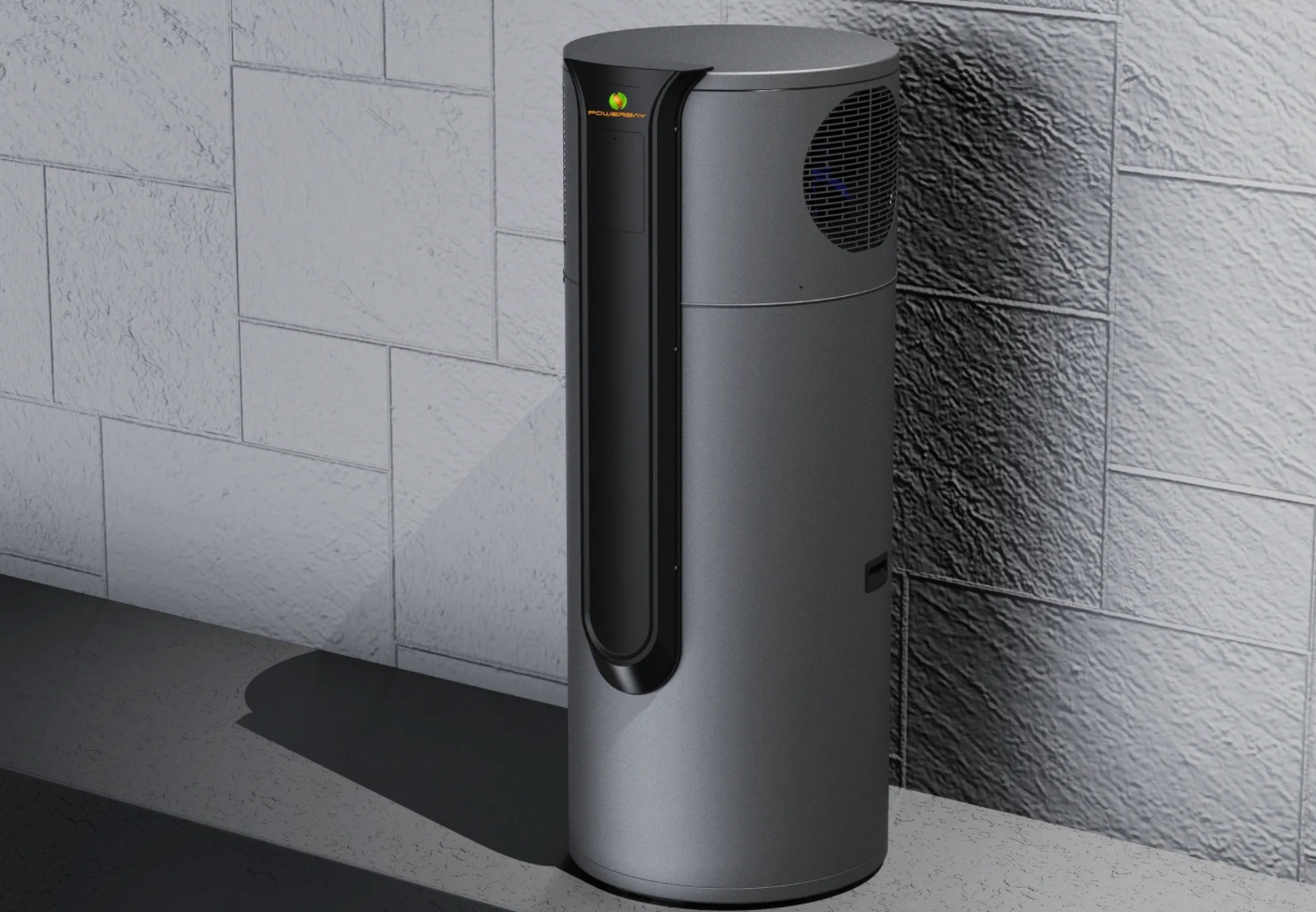Electrifying Your Home: The Future of Sustainable Living
The process of electrifying your home is a significant step towards creating a more sustainable, energy-efficient, and independent lifestyle. With Australia’s abundant sunshine, solar power is a natural choice for many homeowners looking to reduce their carbon footprint, lower energy bills, and increase self-sufficiency.
Why Electrify Your Home?
Environmental Impact: Traditional homes often rely on fossil fuels for heating, cooling, and cooking, contributing significantly to carbon emissions. Switching to electric appliances powered by renewable energy, like solar, dramatically reduces your home's carbon footprint. Solar panels and other renewable sources provide clean energy without the harmful emissions associated with fossil fuels.
Energy Efficiency: Electric appliances are generally more efficient than their gas-powered counterparts. For instance, electric heat pumps can be up to four times more efficient than traditional gas heaters, which is particularly beneficial in Australia’s diverse climate. This efficiency translates to lower energy consumption and reduced utility bills.
Cost Savings: Although the initial cost of electrifying your home might be high, the long-term savings are substantial. As Australia continues to experience rising gas prices, the financial benefits of electrification are becoming increasingly apparent. Additionally, many local governments offer incentives and rebates for installing solar panels, heat pumps, energy-efficient appliances, and electric vehicle (EV) chargers, which can further reduce costs.
Energy Independence: By generating your own electricity through solar panels, you can significantly reduce your reliance on the grid, giving you more control over your energy usage and protecting you from fluctuating energy prices. When paired with battery storage, you can store excess energy generated during the day for use at night or during power outages, ensuring a consistent and reliable energy supply.
Health Benefits: Electric appliances, such as induction cooktops, eliminate the risk of indoor air pollution caused by gas-powered appliances, improving the air quality in your home. This is particularly important for those with respiratory issues or allergies, offering a healthier living environment.
Integrating Solar Power and Efficient Systems
Ducted Air Conditioning: Ducted air conditioning systems are a popular choice in Australia for their ability to cool or heat an entire home evenly. These systems can be powered by solar panels, making them an energy-efficient solution for maintaining a comfortable indoor environment year-round. Unlike split systems that may only cool or heat specific areas, ducted systems ensure that every room in your home is at the perfect temperature.
VRF (Variable Refrigerant Flow) Systems: VRF systems are another advanced option for air conditioning, offering precise temperature control and energy efficiency. These systems are particularly suited for larger homes or multi-story buildings, allowing for individual room control while being powered by solar energy. VRF systems are known for their quiet operation and flexibility, making them an excellent choice for Australian homes looking to maximise comfort and efficiency.
Battery Storage: To maximise the benefits of solar power, investing in a battery storage system is crucial. Batteries store excess energy generated by your solar panels during the day for use when the sun isn’t shining, ensuring that your home remains powered 24/7. This is particularly beneficial during peak demand times or in areas prone to power outages.
Electric Vehicle (EV) Chargers: With the rise of electric vehicles in Australia, installing an EV charger at home is a smart move. Charging your EV using solar power not only reduces your reliance on fossil fuels for transportation but also further decreases your carbon footprint. Plus, it’s a cost-effective way to fuel your vehicle.
Steps to Electrify Your Home
Switch to Electric Heating and Cooling: Replace gas-powered heating and cooling systems with electric alternatives like ducted air conditioning or VRF systems. These systems can be powered by your solar panels, reducing your reliance on the grid and lowering your energy costs.
Install Solar Panels: Take advantage of Australia’s abundant sunshine by installing solar panels. Solar panels convert sunlight into electricity, which can power your home’s appliances and systems. With a well-sized solar system, you may generate enough electricity to meet all your energy needs, reducing or even eliminating your reliance on the grid.
Invest in Battery Storage: To ensure a consistent power supply, especially during outages or nighttime, pair your solar system with a battery storage unit. This setup allows you to store excess energy generated during the day for use when you need it most.
Upgrade to Electric Appliances: Replace gas-powered appliances with electric alternatives, such as induction cooktops, electric water heaters, and heat pump systems. These appliances can be powered by your solar system, further reducing your reliance on the grid.
Monitor and Optimise Your Energy Use: Invest in an energy monitoring system to track your energy production and consumption. These systems allow you to identify areas where you can improve efficiency and make the most of your solar investment.
Electrifying your home is not just a trend; it’s a step towards a more sustainable and independent future. With Australia’s ideal climate for solar power, making the switch to electric appliances and renewable energy sources is both environmentally responsible and economically beneficial. Ducted air conditioning, VRF systems, and battery storage are just a few of the technologies that can help you create a more comfortable, efficient, and eco-friendly home.
As more Australians embrace electrification, the benefits will extend beyond individual households to the broader community, reducing our collective carbon footprint and contributing to a more sustainable future. Whether you’re motivated by the potential cost savings, the desire for energy independence, or the environmental benefits, electrifying your home is a smart and forward-thinking choice.
Disclaimer: The information provided in this blog post is for general purposes only. While we strive to ensure the accuracy and reliability of the content, we make no representations or warranties of any kind, express or implied, about the completeness, accuracy, reliability, suitability, or availability of the information contained herein. Any reliance you place on such information is strictly at your own risk. We will not be liable for any loss or damage arising from the use of, or reliance on, the information presented in this blog post. It is always recommended to seek professional advice or conduct further research for specific situations or concerns. The inclusion of any links to external websites does not necessarily imply endorsement or support for the views expressed within them.


